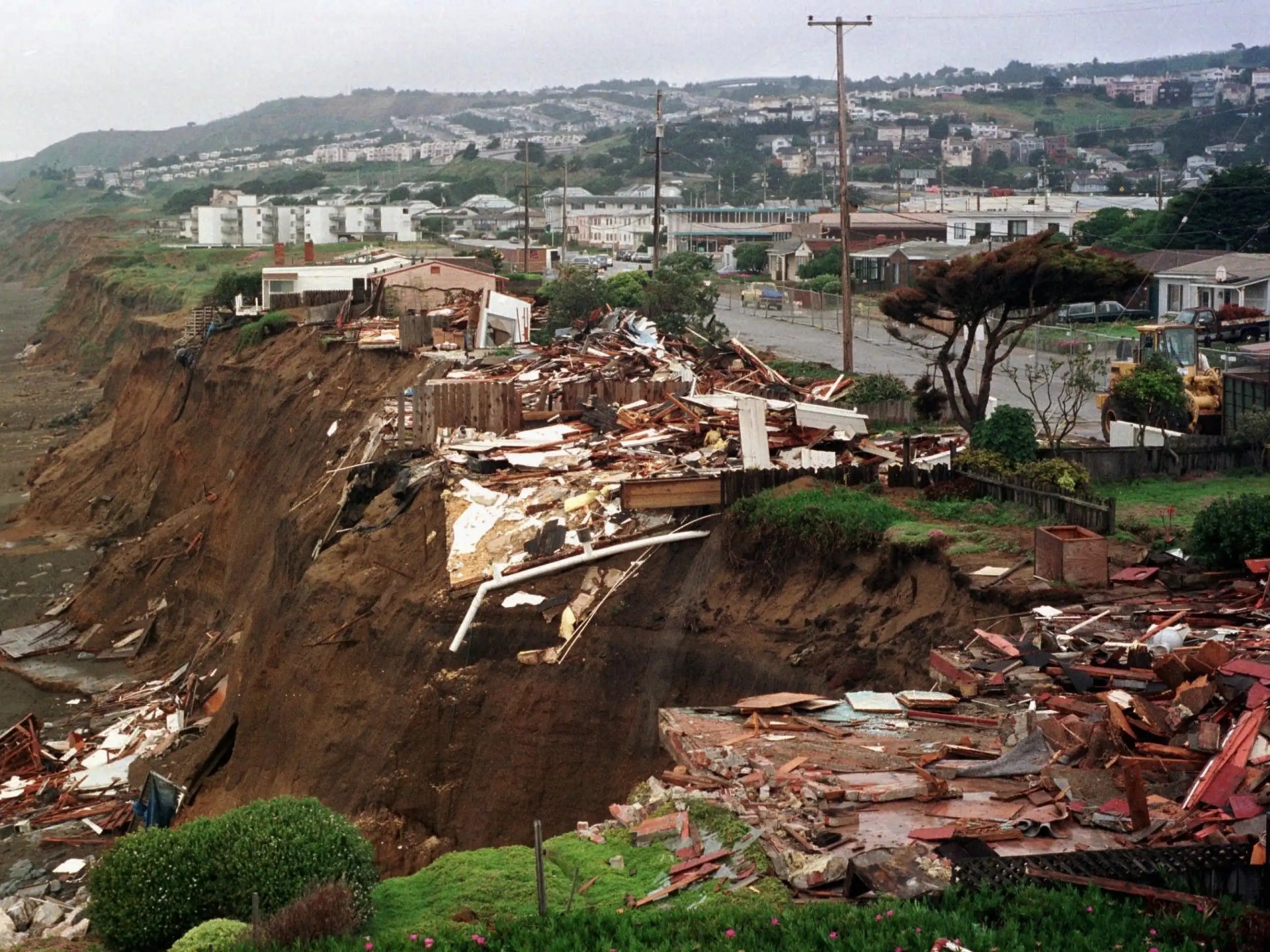Losses from El Niño could continue several years after the event itself, with losses amounting to trillions of dollars worldwide, according to a recent study published May 18 in the journal Science.
The study is among the first to assess the long-term costs of El Niño and project losses that exceeded previous research estimates, with the global economy losing $4.1 trillion and $5.7 trillion respectively in half a decade after the frequency of El Niño events, most of which were borne by the world's poorest countries in the tropics.
El Niño brings powerful storms, floods, droughts, wildfires and coral bleaching (El Niño)
The scope of occurrence of "El Niño"
El Niño is a climate phenomenon that occurs over periods of 4 to 12 years in the Pacific Ocean, and leads to the warmth of its waters. The phenomenon occurs when sea surface temperatures in the eastern equatorial Pacific rise by at least 0.5°C above the long-term average, a condition that leads to shifts in weather patterns around the world, particularly in some places.
For example, this weather phenomenon often brings stronger storms and more flooding to Peru and Ecuador, while in Indonesia and Australia it tends to unleash drought, wildfires and coral bleaching.
In a statement to Al Jazeera Net, Christopher Callahan, the principal investigator of the new study, a doctoral researcher in physical geography at the Department of Geography at Dartmouth College in America, explained that the phenomenon of "El Niño" is very expensive and has much greater economic effects than previously thought. These events produce a sustained decline in economic growth, beyond the moment of the event and years of economic struggle to try to recover.
In the new study, the authors analyzed GDP data for 147 countries from 1960 to 2019 to determine the economic impact of El Niño and found that it leads to significant economic consequences for up to 5 years after the event.
For example, El Niño in 1982 and 1983 cost the world economy $4.1 trillion, and the events of 1997 and 1998 caused economic losses estimated at $5.7 trillion. Callahan noted that this study is the first to indicate such a severe and long-term financial impact from El Niño.
In 2003, poor tropical countries suffered the biggest losses due to El Niño (Christopher Callahan-Dartmouth College)
Disaster for fragile economies
In 2017, research suggested that El Niño patterns could deal a short-term economic blow to some countries, magnify inequalities between countries on the effects of climate change, and disproportionately affect countries that are less resilient and prepared, according to a press release published on Dartmouth University's website.
The lead author of the study noted that the phenomenon represents a disaster for many regions around the world, especially countries with fragile economies in the tropics. The duration and magnitude of the financial repercussions revealed by the study also indicate the inability of different countries to adapt to the climate in which we live.
Forecasters expect El Niño events to return by the end of this year, with fears growing that the event could be strong as sea surface temperatures rise particularly in the Pacific Ocean. This will have a significant impact on both average global temperatures and weather patterns around the world. Therefore, the authors believe that improving forecasting and preparedness for El Niño will increase countries' ability to adapt to it.

